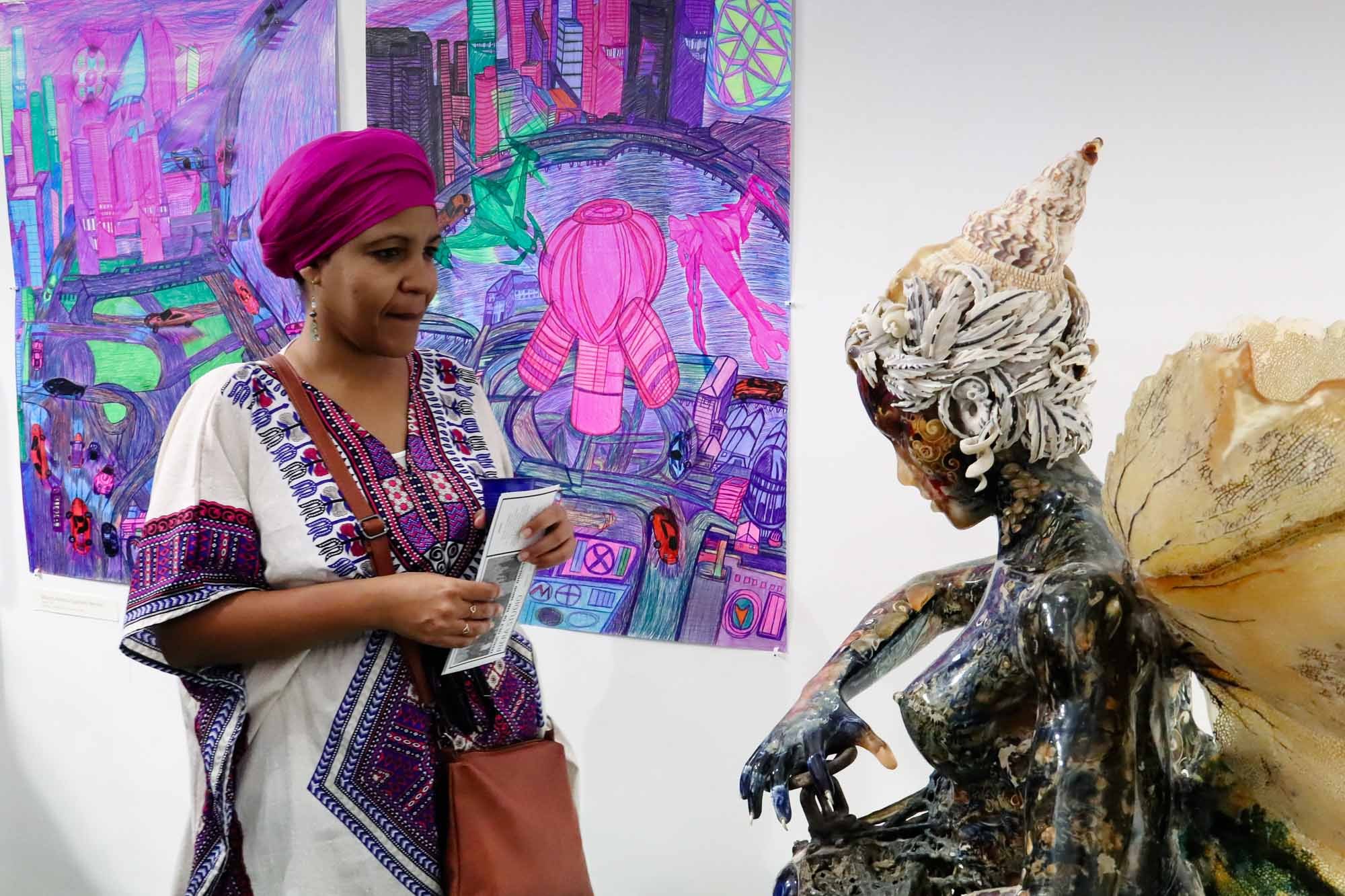riera studio NEWS
SPOTLIGHIT
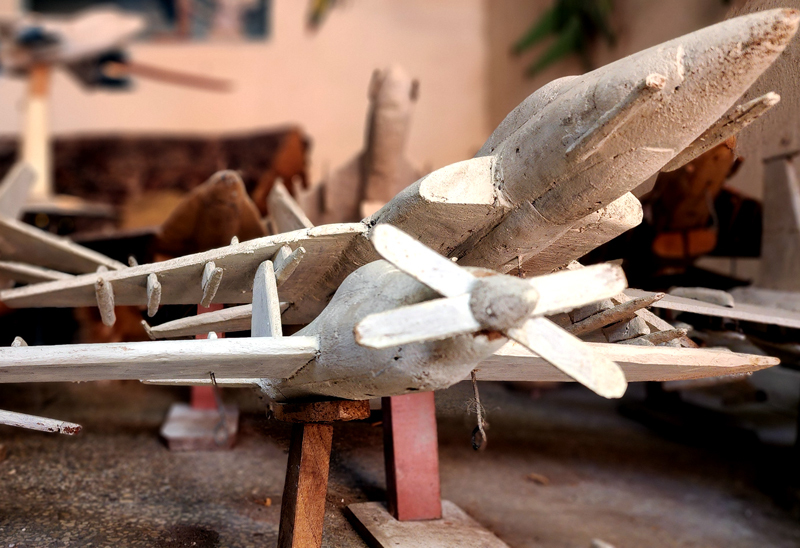
Orlando Mesa Suarez.
All the ideas are in my head
Orlando was recruited at a very young age in 1962 by the recently created Revolutionary Armed Forces (FAR) in Pinar del Río, his native city. It was an almost forced recruitment as the country needed men to face the October Crisis, also known as the Missile Crisis.
Orlando was fascinated by the idea of joining the Air Force, a dream that would be granted years later when he was allowed to study military aeronautics in the former Soviet Union. (...)
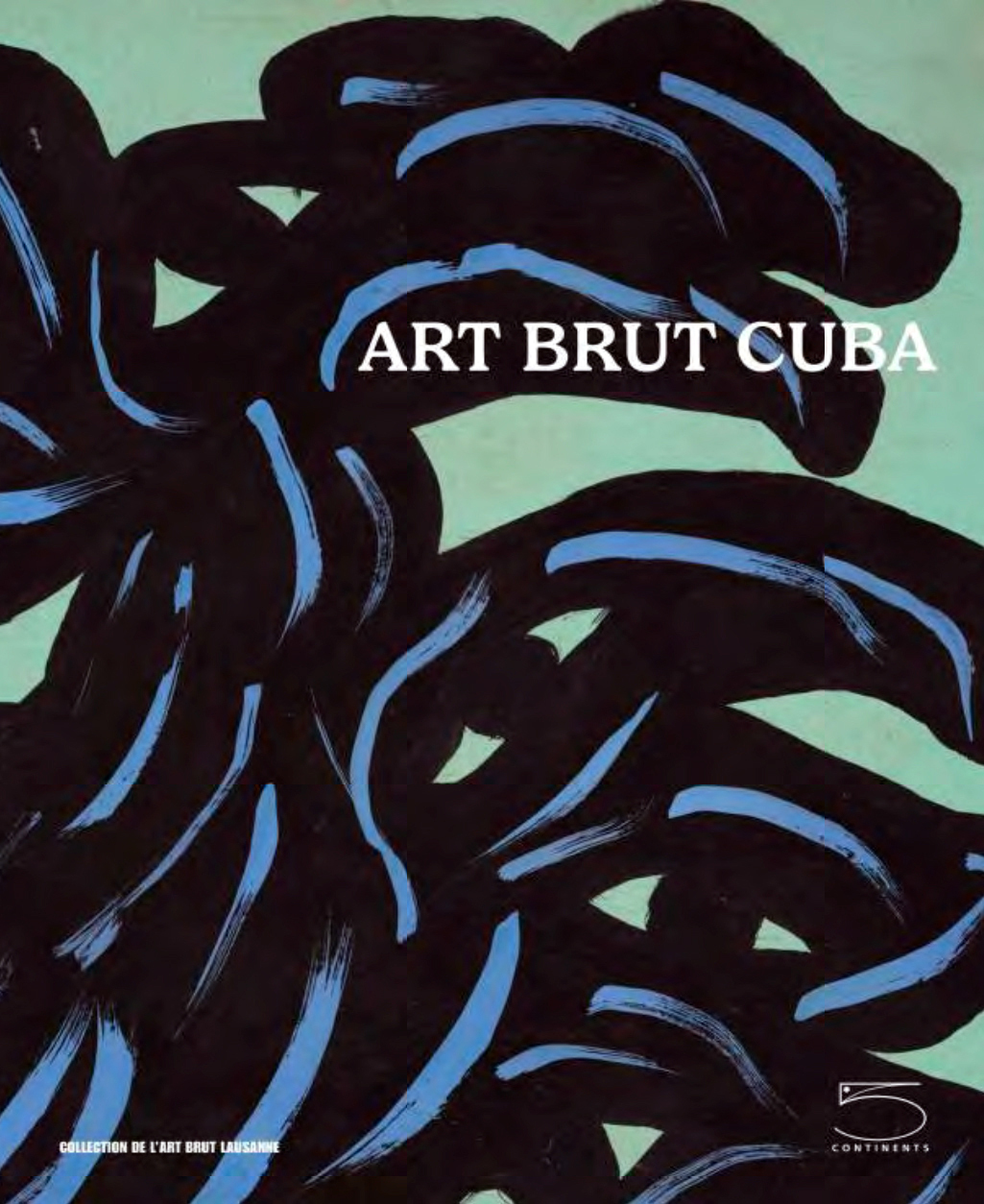
Art Brut CUBA
¿por qué volver a interesarse por este país? Porque su naturaleza insular, su historia y su territorio, durante mucho tiempo aislado del mundo por razones políticas y económicas, hacen potencialmente de Cuba un terreno fértil para producciones realizadas al margen de toda influencia artística. Sin embargo, y por estas mismas razones, también es mucho más difícil que en otros lugares desviarse de las normas colectivas y reivindicar la singularidad en materia artística.
Art Brut CUBA propone entonces regresar, cuarenta y un años después, a este evento reuniendo una selección de dibujos y pinturas de estos creadores históricos, junto a obras de artistas contemporáneos del Art Brut, promovida por el Estudio Riera de La Habana, y presentada para por primera vez en la Collection de l'Art Brut. En total, esta vez se exponen 266 obras (dibujos, pinturas, collages, ensamblajes y adornos), así como fotografías.
Texto y curaduría por Sarah Lombardi, directora de la Colección Art Brut
Leer mas Art Brut CUBA
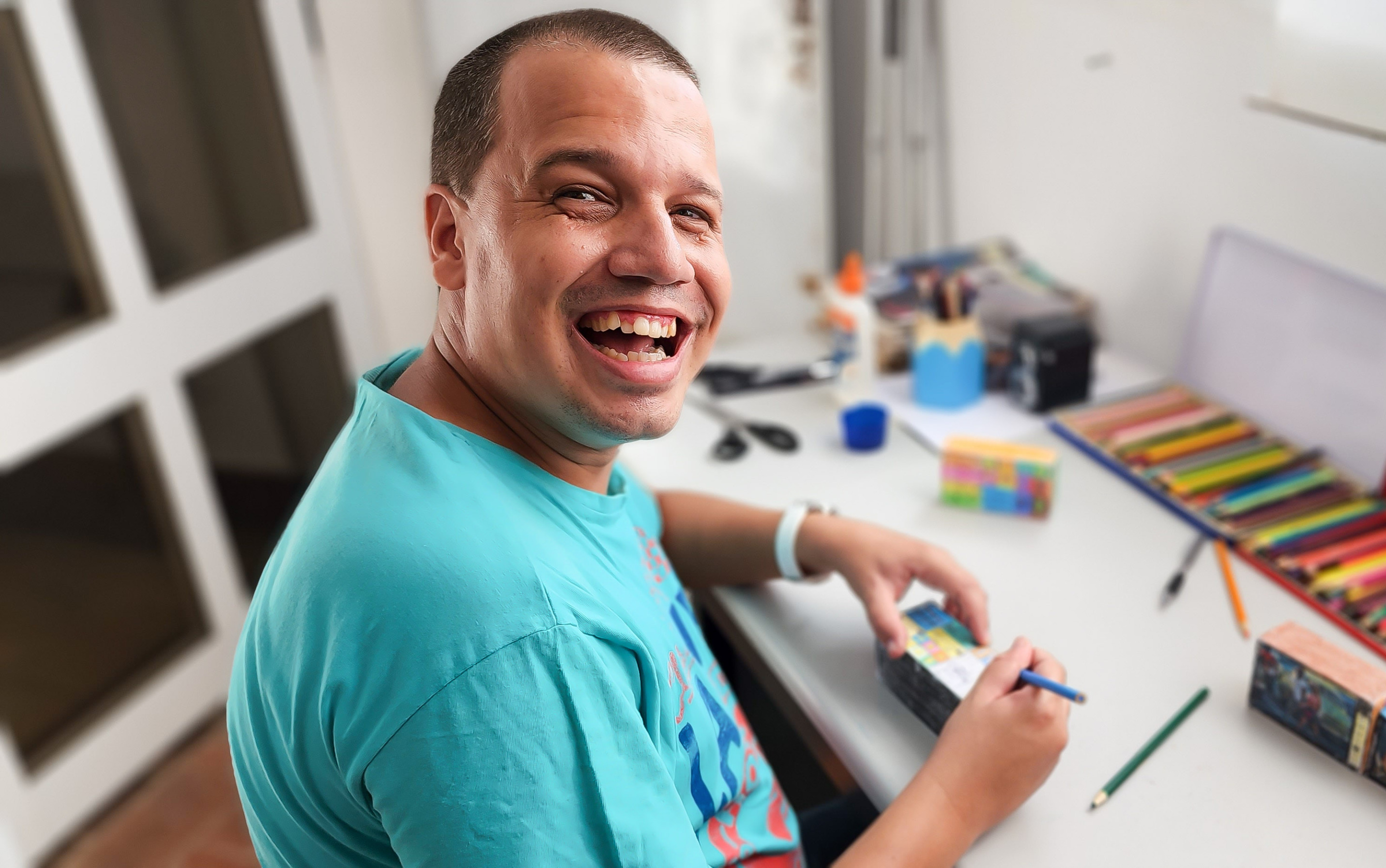
Lázaro A. Martínez Durán: Los antiversos de la locura.
Sin haberme leído Locura y civilización. Historia de la locura en la época clásica (1) de Michel Foulcault, ni ser especialista en la materia, tendré el atrevimiento de resumir esta patología ―es decir, la locura― en dos tipos, Que serían: la que se busca padecer, un tipo de locura “autoprocurada” (a través de drogas, estilos de vida intencionados) y la que llega de imprevisto, sin desearla.
Son clasificaciones un poco reduccionistas, de escaso fundamento, las cuales ni tan siquiera son las más coherentes con los enfoques abordados sobre el tema en la actualidad, pero que en efecto, me serán útiles para acercarme a algunas de las cuestiones que, en mi opinión, condicionan la obra más reciente de Lázaro Antonio Martínez Durán, artista brut cubano. (...)
Texto de Yenisel Osuna Morales
Leer mas en Hypermedia Magazine
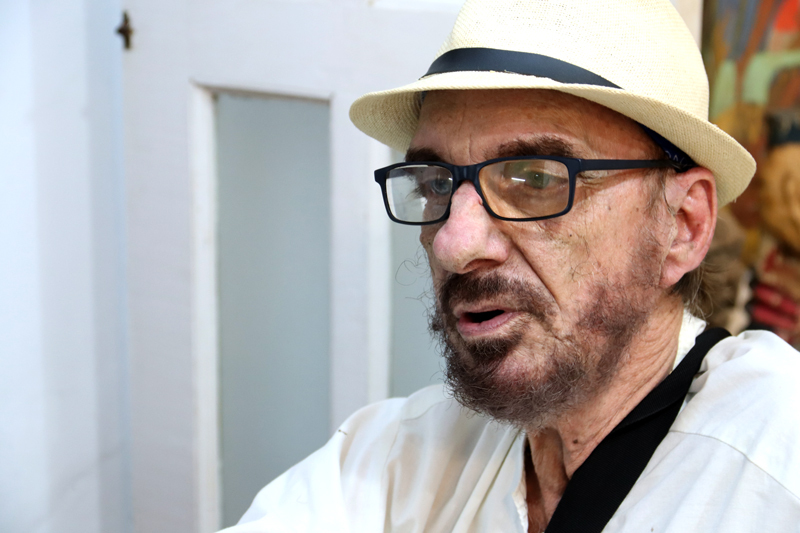
José Grau Brito: “Socialismo y al que no le guste…”
En la vida de José Grau Brito (La Habana, 1951)[1] emergen algunos de los grandes relatos de la historia sociopolítica de nuestro país: emigración, Operación Peter Pan, UMAP, exclusión social, etc.
De cómo los vivió, va contando partes. Algunas todavía muy bajito, para no atraer a “los demonios” que andan todavía sueltos y poder quitarse de encima, de una vez por todas, los ojos que han estado vigilándolo durante toda su existencia.
Texto de Yenisel Osuna Morales
Leer mas en Hypermedia Magazine
